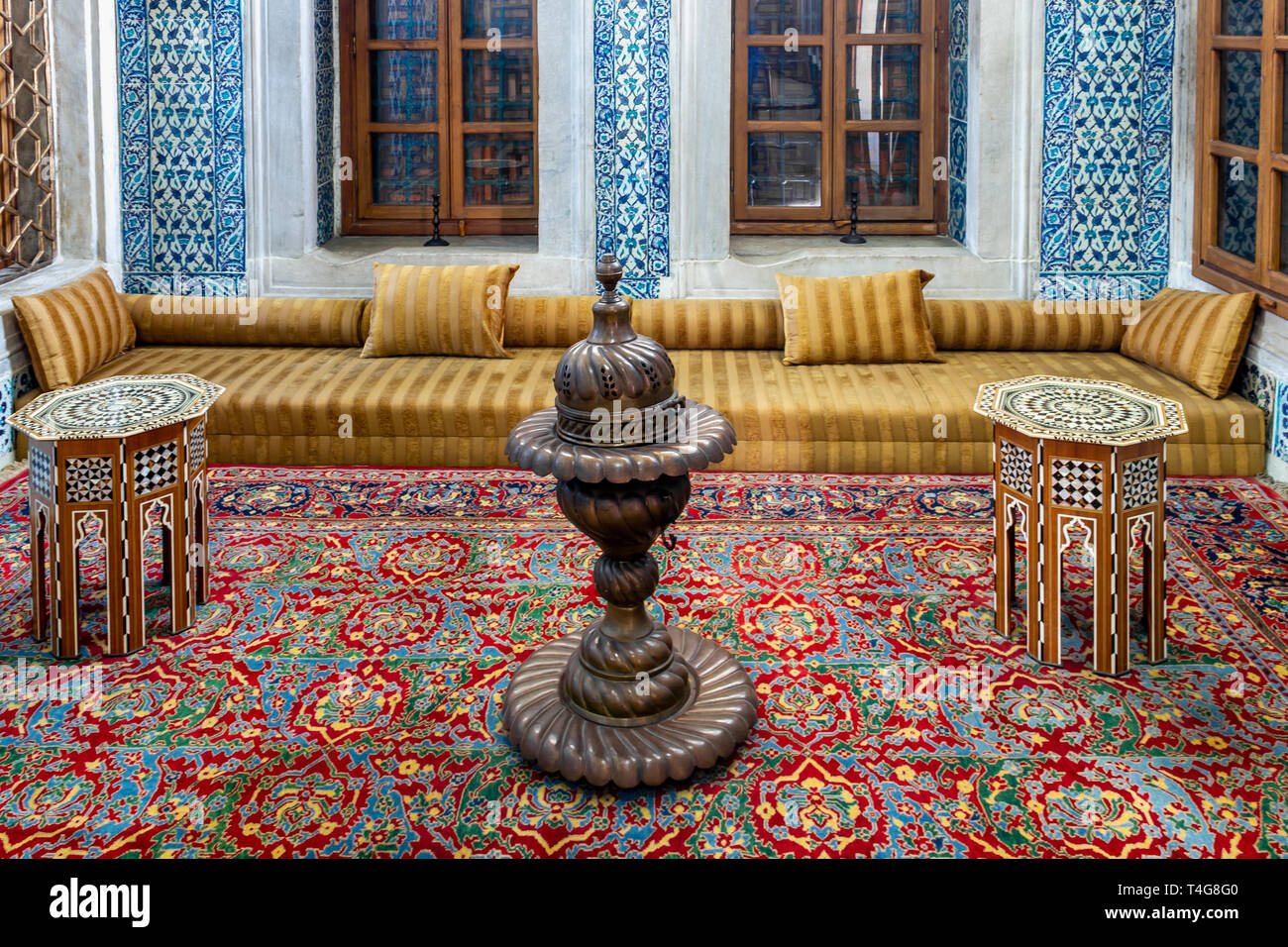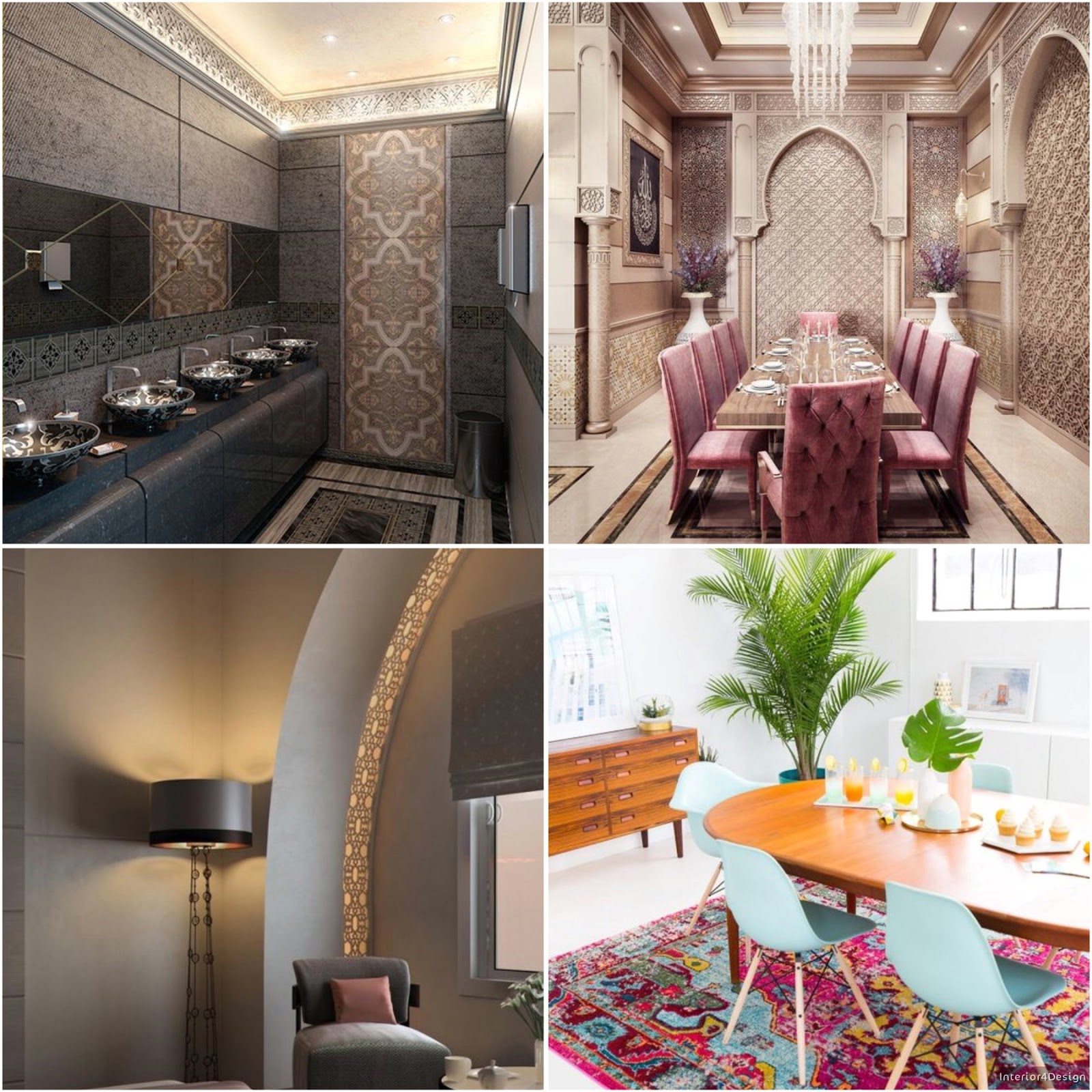Embracing The Rich Tapestry: A Guide To Turkish-Inspired Home Decor
Embracing the Rich Tapestry: A Guide to Turkish-Inspired Home Decor
Related Articles: Embracing the Rich Tapestry: A Guide to Turkish-Inspired Home Decor
Introduction
With enthusiasm, let’s navigate through the intriguing topic related to Embracing the Rich Tapestry: A Guide to Turkish-Inspired Home Decor. Let’s weave interesting information and offer fresh perspectives to the readers.
Table of Content
Embracing the Rich Tapestry: A Guide to Turkish-Inspired Home Decor

Turkish home decor, with its vibrant colors, intricate patterns, and rich textures, offers a captivating blend of tradition and modernity. It is an aesthetic that transcends mere decoration, weaving a narrative of history, culture, and craftsmanship. This article delves into the essence of Turkish-inspired home decor, exploring its key elements, providing practical tips for incorporating it into your living space, and answering frequently asked questions.
The Essence of Turkish Design:
Turkish design draws inspiration from a diverse array of influences, including Ottoman Empire heritage, Anatolian culture, and the country’s unique geographical location. This fusion results in a distinctive style characterized by:
- Vibrant Color Palettes: Turkish design embraces bold and saturated colors, often inspired by the natural world. Think deep blues, rich reds, earthy greens, and sunny yellows, frequently paired with contrasting tones for a dynamic visual experience.
- Intricate Patterns and Motifs: Geometric patterns, floral motifs, and traditional Turkish designs like the "Hattat" calligraphy and "Iznik" tiles are prominent features. These patterns are often repeated in various scales and formats, creating a visually stimulating and rhythmic aesthetic.
- Rich Textures and Materials: Turkish design utilizes a variety of natural materials, including hand-woven textiles like kilims and rugs, ceramics, wood, and metal. These materials add depth and texture to the overall design, creating a sense of warmth and authenticity.
- A Focus on Craftsmanship: Turkish design places high value on craftsmanship. Hand-painted ceramics, intricately woven textiles, and meticulously crafted furniture are all testaments to the skilled artisans who create these pieces.
Key Elements of Turkish-Inspired Home Decor:
1. Textiles:
- Kilims and Rugs: These hand-woven flat-weave rugs are a staple of Turkish design. They come in a wide range of colors, patterns, and sizes, adding vibrant accents to floors, walls, or even used as throws on furniture.
- Ottoman Textiles: Textiles like "kadife" (velvet), "ipek" (silk), and "koton" (cotton) are often used in upholstery and drapery, adding a touch of luxuriousness and texture to the space.
- Embroidered Textiles: Intricately embroidered textiles, like "oyalı" (lace) and "nazar boncuğu" (evil eye charms), are often incorporated into cushions, tablecloths, and wall hangings, adding a personal touch and cultural significance.
2. Ceramics:
- Iznik Tiles: These hand-painted tiles, known for their vibrant colors and intricate floral patterns, are a hallmark of Turkish design. They can be used to create stunning backsplashes, accent walls, or decorative elements.
- Hand-Painted Ceramics: Turkish artisans create a wide range of hand-painted ceramic pieces, from teacups and plates to decorative vases and bowls, adding a touch of elegance and artistry to the home.
3. Furniture:
- Ottoman Couches and Ottomans: These low-slung seating options are both comfortable and visually appealing, providing a touch of traditional Turkish charm to the space.
- Carved Wooden Furniture: Intricately carved wooden furniture, often featuring traditional Turkish motifs, adds a touch of elegance and sophistication to any room.
4. Lighting:
- Lanterns: Traditional Turkish lanterns, often made of metal or glass, provide a warm and inviting glow, adding a touch of romanticism to the space.
- Chandeliers: Ornate chandeliers, often featuring intricate metalwork and glass crystals, can be a stunning focal point in a Turkish-inspired home.
5. Accessories:
- Turkish Coffee Pots: These traditional coffee pots, known as "cezve," are not only functional but also decorative, adding a touch of Turkish charm to the kitchen or dining area.
- Evil Eye Charms: "Nazar boncuğu," or evil eye charms, are believed to ward off negative energy and are often used as decorative accents in Turkish homes.
- Mosaic Tiles: Mosaic tiles, often used in traditional Turkish architecture, can be incorporated into accent walls, tabletops, or even as decorative elements in the garden.
Incorporating Turkish-Inspired Decor:
1. Start with a Focal Point: Choose a key element, like a kilim rug or a hand-painted ceramic vase, and build the rest of the design around it.
2. Layer Textures and Patterns: Combine different textures, like woven textiles, smooth ceramics, and carved wood, to create visual interest and depth.
3. Embrace Bold Colors: Don’t be afraid to use vibrant colors, but balance them with neutral tones for a cohesive look.
4. Use Lighting to Enhance the Ambiance: Lanterns and chandeliers can create a warm and inviting atmosphere, highlighting the beauty of the design elements.
5. Add Personal Touches: Incorporate pieces that have a personal connection, such as souvenirs from a trip to Turkey or family heirlooms, to create a unique and meaningful space.
Frequently Asked Questions:
Q: How can I incorporate Turkish-inspired decor without it feeling overwhelming?
A: Start with small touches, like a kilim throw pillow or a hand-painted ceramic bowl, and gradually add more elements as you feel comfortable. Choose a limited color palette and focus on a few key patterns to create a cohesive look.
Q: Where can I find authentic Turkish home decor items?
A: You can find authentic Turkish home decor items online through specialized retailers, at Turkish markets, or at antique shops. Look for items made by skilled artisans and that feature traditional designs and materials.
Q: What are some tips for creating a Turkish-inspired dining room?
A: Use a kilim rug as a focal point, incorporate hand-painted ceramics for tableware, and add a touch of elegance with a carved wooden dining table. Consider hanging a traditional Turkish lantern above the table to create a warm and inviting atmosphere.
Q: How can I create a Turkish-inspired bathroom?
A: Use Iznik tiles for a stunning backsplash or accent wall. Incorporate hand-painted ceramics for soap dishes and toothbrush holders. Add a touch of luxury with Turkish towels and bathrobes.
Q: What are some tips for creating a Turkish-inspired outdoor space?
A: Use mosaic tiles for pathways or patio furniture. Decorate with traditional Turkish lanterns and potted plants. Add a touch of comfort with an Ottoman-style seating area.
Conclusion:
Turkish-inspired home decor offers a unique blend of history, culture, and beauty, transforming a space into a vibrant and welcoming sanctuary. By embracing the rich colors, intricate patterns, and handcrafted elements of this aesthetic, homeowners can create a truly captivating and personalized living environment that reflects their individual style and appreciation for the rich tapestry of Turkish design.







Closure
Thus, we hope this article has provided valuable insights into Embracing the Rich Tapestry: A Guide to Turkish-Inspired Home Decor. We appreciate your attention to our article. See you in our next article!
You may also like
Recent Posts
- Shaping The Homes Of Tomorrow: Home Decor Trends For 2025
- Navigating The Evolving Landscape Of Home Decor Trends: A Comprehensive Guide
- Weaving History And Home: A Guide To Unique Vintage Farmhouse Decor
- The Enduring Appeal Of Wooden Duck Home Decor: A Timeless Symbol Of Nature And Serenity
- Beyond The Ordinary: A Guide To Unique Home Decor Accessories
- Navigating The Fast Fashion Landscape: Exploring Alternatives To SHEIN
- A Global Network Of Home Improvement: The Reach Of The Home Depot
- Finding The Perfect Pieces: A Guide To Home Decor Shopping

Leave a Reply